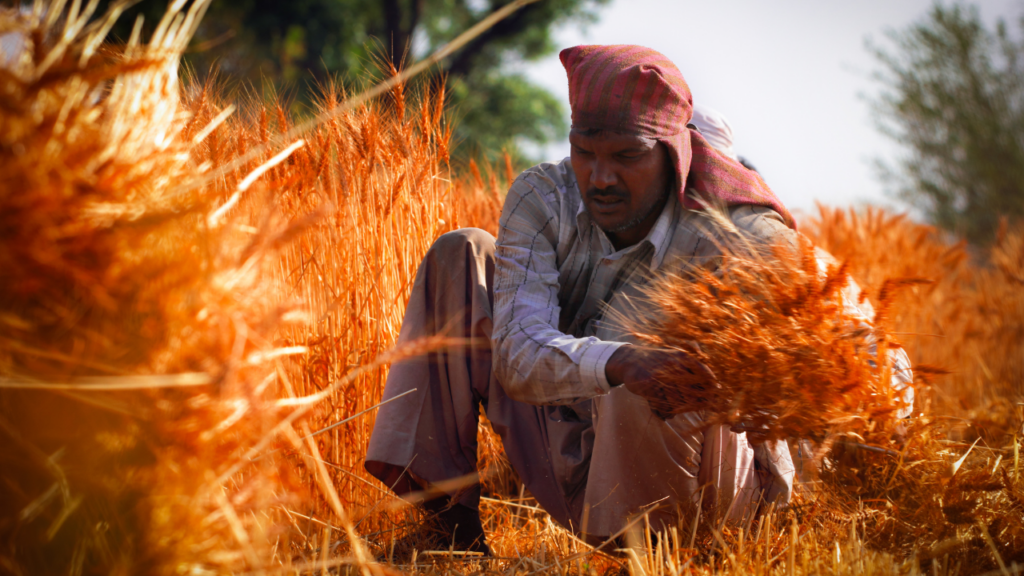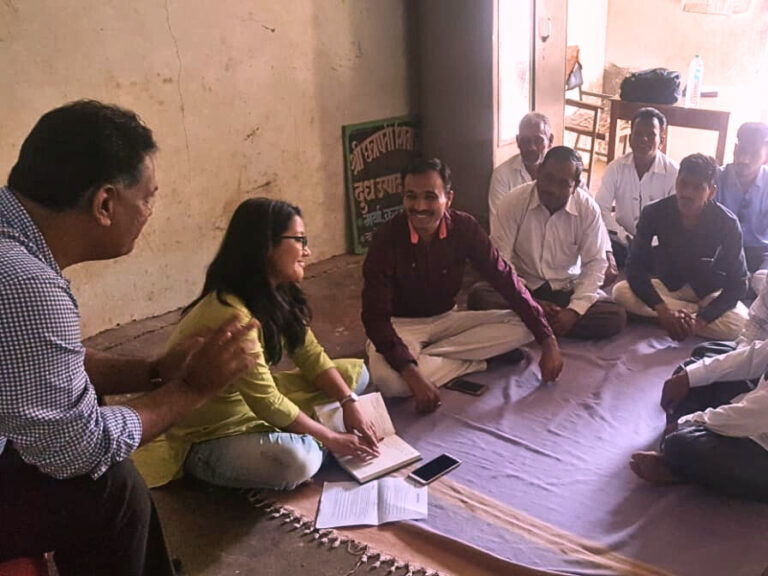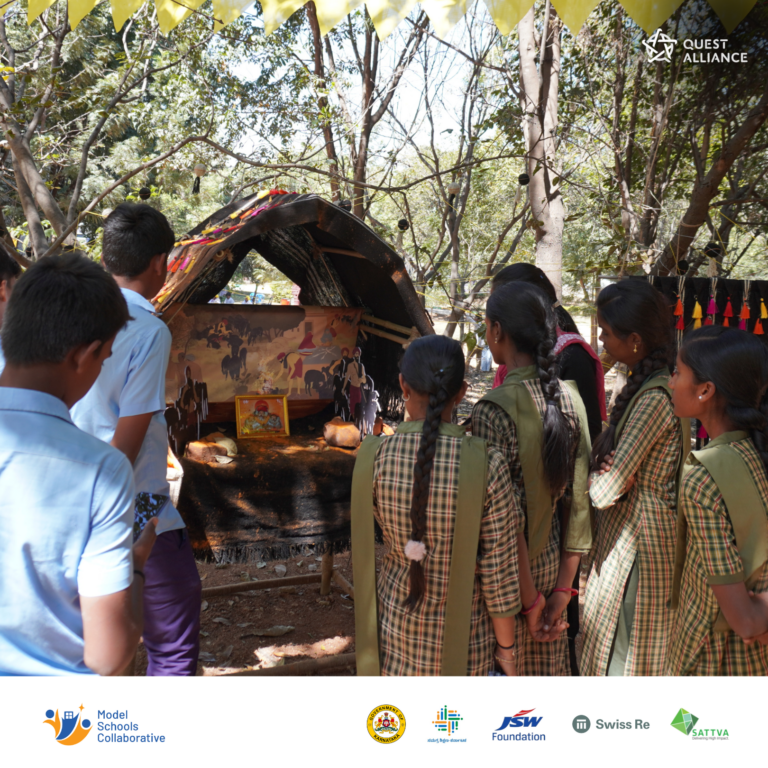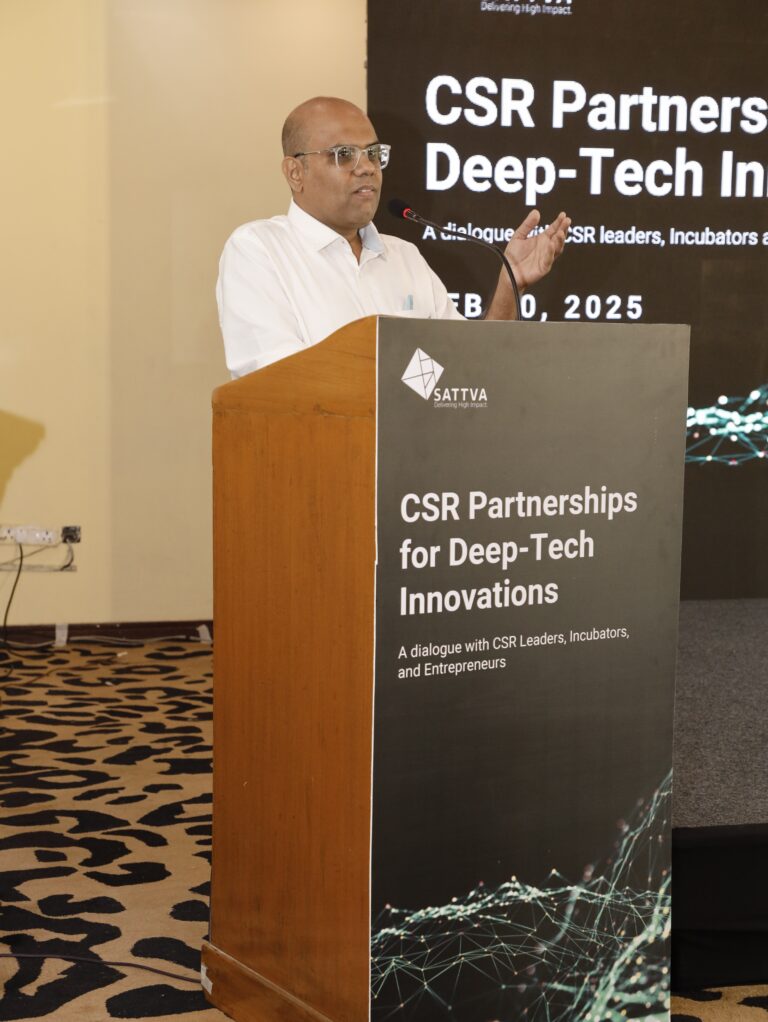Introduction: Regenerative agriculture is an emerging need and has a potential to be scaled up.
Unsustainable land use practices in agriculture are resulting in a critical depletion of natural resources. To mitigate and recover from such damages, several alternatives to traditional agriculture have emerged and evolved over time. Regenerative Agriculture (RA) is a principled approach that refers to the integration of sustainable farm practices and operations to reverse degradation of agricultural resources, the main objective being the rehabilitation and conservation of nature.
Many agricultural practices like natural farming, no tillage, composting, usage of biochar, and keyline subsoiling achieve one or more objectives of RA at regional and local levels. The benefits of RA are seen at a systemic level, with improvements in living standards, and better quality in natural resources which result from reductions in input and subsidy as well as environmental costs.
RA is a nuanced approach as compared to traditional agriculture and covers a broader scope of objectives, beyond conventional singular practices, to achieve more holistic outcomes towards enhancing positive impacts on business, environment, and society through agricultural activities. As a solution it has a key role to play in addressing climate change issues, and has therefore witnessed increasing interest among government and private stakeholders. It is among one of the top discussed approaches towards enhancing agricultural sustainability today and the opportunity of investing in RA today amounts to a global market value of nearly US 7 to 8 billion dollars. The valuation of RA has been estimated to reach US 20 billion dollars by 2030.
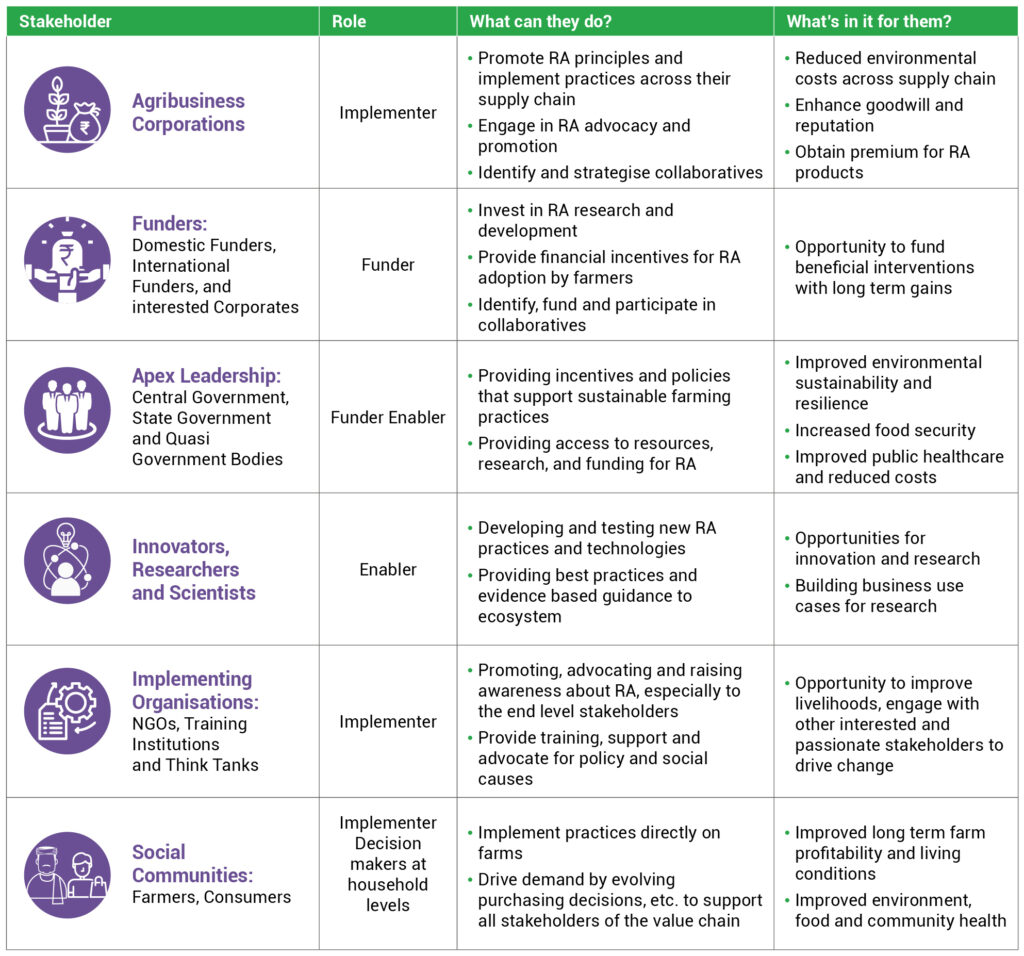
The lack of a universal definition for RA leads to different stakeholders working across different objectives. On the other hand, having a broader definition for RA also increases the size of the problem to make solutions viable. Given the context and scale of adoption required to make a visible and impactful change, we have realised that it cannot be solved alone.
Therefore our teams at Sattva have been developing knowledge and solutions to scale RA and recently we conducted two workshops in partnership with Dr. Reddy’s Foundation supported by ICRISAT and WRI. During these sessions four major thematic areas were discussed as key levers towards scaling up RA:
I. The need to develop business viability to build an economically viable model which can sustain the profits of all working stakeholders as the base premise of designing a successful RA intervention.
II. Farmers inclusivity to develop a sense of ownership and buy-in from the farming communities, leading to a higher chance of successful adoption and long-term sustainability of these practices.
III. Interconnectedness among RA themes to generate synergies across objectives (air, water, soil, biodiversity conservation, etc.) as well as stakeholders that enhance the benefits of regenerative agriculture practices at scale. This would also ensure that there is no tradeoff that has to be made while working on RA projects.
IV. Need for collaborative action to enable awareness and answering important questions, including a language that is well understood and vernacular for the concerned community. Through collaboration it is important to devise a common set of objectives and goals to derive a shared vision towards execution of RA projects by stakeholders.
Way Forward
1. Enabling trust between corporations and farmers can catalyse systemic change
Based on the collective expertise, insights, and knowledge in these sessions, a key topic that was discussed was the nature of the relationship between corporations and farmers and its impact on RA.
Corporations have the ability to enable change that can add necessary vigor to the scaling of RA. Currently, interaction between corporations and farmers is broken, but if they can establish a transparent and reliable system, trust can be built at both ends.
Increasingly, corporations are relying on farmers to source and procure their raw materials and with the growing volume of supply chains, this dependency will only grow. Therefore, a business’s future will only be secure when the farmer is secure. Moreover, to comply with environmental, social and governance (ESG) norms and reduce emissions from their direct and indirect operations, corporations would need to enable a long term, systemic relationship with farmers.
2. Focusing on a grass roots approach
For something to work in the long-term, the last mile beneficiaries should be positively impacted. Focusing on a grass roots approach is the need of the hour, and with the right communication and enablement, corporations can enable adoption of innovative farmer-driven regenerative farming solutions at scale.
Farmer ownership and inclusivity can be improved in two ways: incentivisation for the initial dip in incomes while transitioning from conventional farming to RA and second, through the application of innovative technologies and financial instruments to scale up adoption of RA practices.
For the farmer it would also be beneficial if they are introduced to or can access new markets, which can compensate for a drop in yield. Supporting a mindset shift for farmers is essential when introducing digital interventions, which in the long term will improve their access to data and enable transparency across the supply chain.
3. Collaborative efforts that can enable execution of realistic, consistent, and long term interventions
The problem of structurally giving farming a new outlook is neither going to be easy nor swift. However, to bring the correct balance of research, technical expertise, and practical, viable solutions requires a collaborative approach.
Collaboration and pooling of resources from all sectors is the key for improvement in the area, which will allow efficient last mile delivery, and prevent organisations from working in silos. Moreover, to implement a successful intervention, a project design would need to have a holistic view, as well as support from a range of organisations. From academic and research organisations providing the right evidence and data-backed insights, funders bringing capital to the right places to plug the gaps, and community organisations and farmer aggregators enabling the last-mile stakeholders, towards facilitation of a successful convergence of initiatives. Additionally, to push this entire ecosystem, public sector interventions should support public-private relationships and collaboration while building emphasis on adoption of regenerative modes of farming.
Climate change issues are an unavoidable truth, however, it is widely acknowledged that the damage of the last twenty-five years cannot be reversed in a mere three to five years, but needs consistent, long-term interventions enabled by all stakeholders.
4. Additionally, recognising the significant role that women can have if they are enabled
RA interventions that target women farmers are not only seen to boost soil health and improve yield, but also lead to better nutritional decisions at the household level, thus leading to a holistic change starting from the community level.
Inputs from research insights by WRI revealed that putting women at the heart of RA can bring significant value. Although women lack land tenures they play very important roles as cultivators, enabling the ground level adoption of nature-based solutions across farms. For example, a case study by the Andhra Pradesh Community Natural Farming (APCNF) utilised the women’s Self Help Group (SHG) model to make women one of the main touch points of providing peer-to-peer learning, and as a result women in the community were able to improve nutritional diversity in their households besides other impacts. Thus, active inclusion of women into the RA interventions and decisions can enable a positive impact towards this scale up.
We look forward to sharing more of our learnings from our initiatives around regenerative agriculture. We aim to initiate more constructive dialogues around RA while working with all types of stakeholders who can leverage their strengths to make this approach a success toward transforming the future of farming.
We would also like to extend our gratitude to the 50+ industry professional participants in the workshops ranging from funders, implementers and orchestrators like Reliance, Syngenta, Tata Trusts and Raah Foundation, etc., corporations like HUL, L&T MindTree, AyeKart, Wipro, Infosys, ITC, McCain, Bayer and Tata Coffee and other development players like Sammunati, GiZ, NABARD, NABFoundation, National Coalition for Natural Farming, Aquakraft, Krushi Vikas, Timbaktu Collective, Gram Vikas, Sustain Plus, Krishi Kalpa Foundation, and United Way of Bengaluru.
